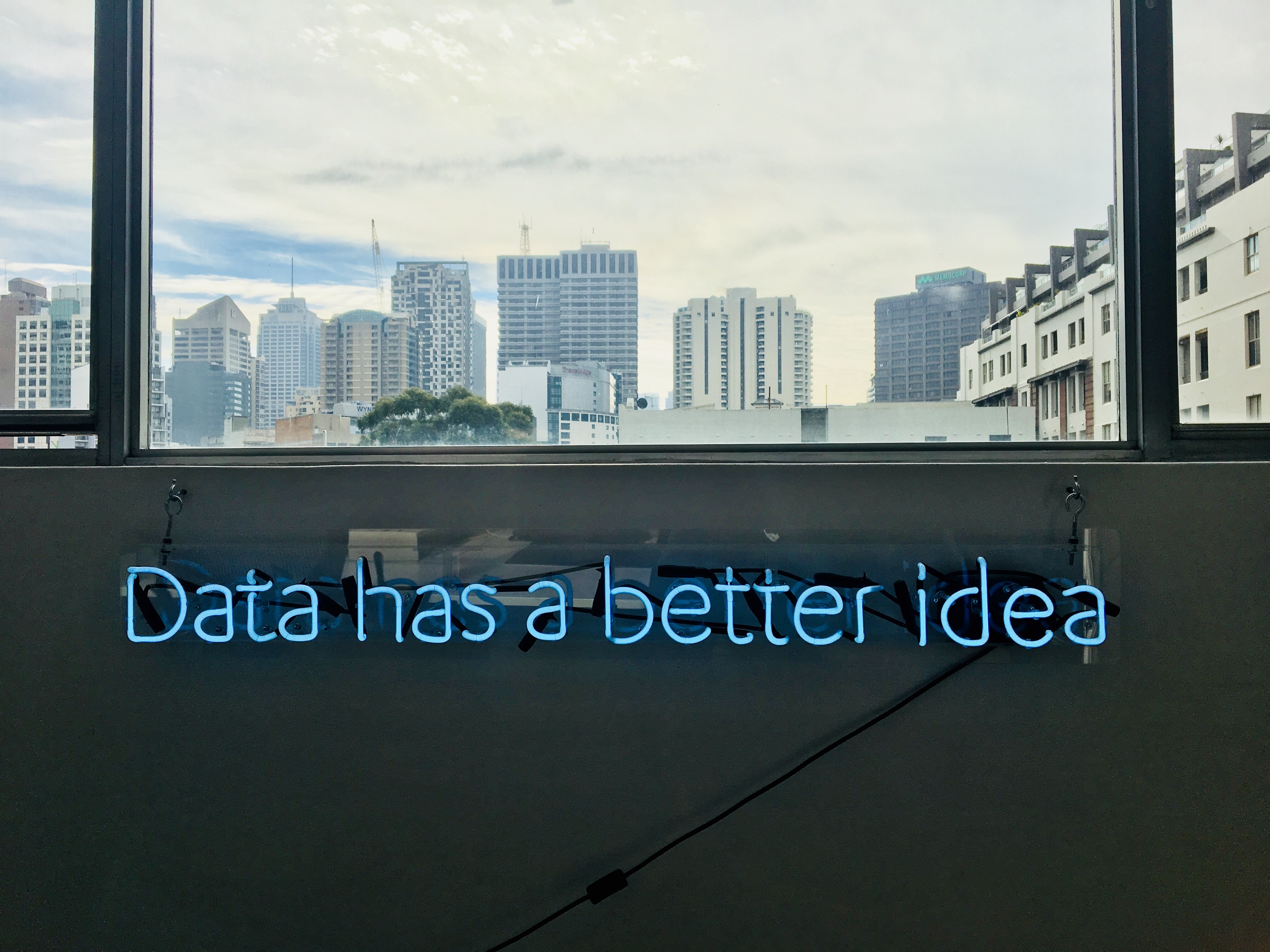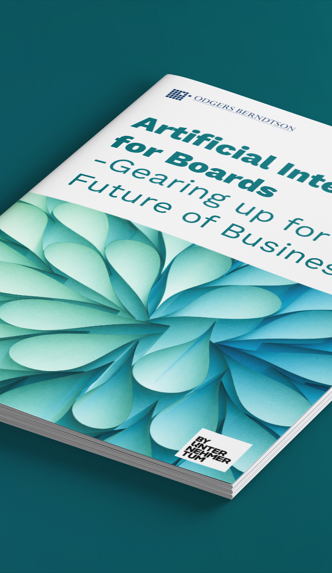Arguably more than anyone else, the CIO is at the heart of managing the change that AI brings, managing existing and future technologies and relationships.
The CIO has one of the most critical roles in any successful implementation of AI-based applications.
“They are at the point between existing and new technology. And it’s already a complicated place to be as today many organisations are more focused on maintaining traditional IT infrastructure and enterprise software, rather than transitioning to a software stack supporting AI.”, says Markus Trost, Head of the Technology Practice and Partner at Odgers Berndtson Germany.
So how do you ensure leading-edge support of AI-based solutions while continuing to serve legacy applications? Does this alter the overall role of CIOs within their organisations in driving AI? And how do they relate to the AI core team?
The CIO needs to manage the differences between the AI unit (wherever this is located) and ‘traditional’ IT, typified by the often conflicting development and work cultures.
“The CIO plays a key role as he needs to strengthen the interface between the traditional IT organisation and the AI teams, as well as supporting a stronger collaboration between IT and the wider organisation.” Dirk Ramhorst, CIO Wacker Chemie
Simultaneously, the CIO and his/her team must maintain a close, rich communication with the user community. This requires fundamental changes. For instance, it is unlikely to be achieved by communicating overwhelmingly via SLAs.
Big board role
Then, to top it all, since the CIO has the deepest subject matter expertise on AI of all the board members, there’s a huge role as a critical sparring partner for all other board members.
The CIO’s pivotal and often conflicted role in all the roll-out of AI is just one of the subjects we consider in our report, Artificial Intelligence for Boards - Gearing up for the Future of Business. The report reveals how AI will impact company boards (management and supervisory), role by role, individually and collectively. Plus, there’s guidance on managing this massive opportunity as AI pushes deeper into every aspect of business.
Artificial Intelligence for Boards - Gearing up for the Future of Business
How CIOs and Boards can prepare for the coming AI revolution.
Download nowData is the CIO’s first challenge
The CIO’s first critical responsibility is for the data and IT infrastructure, and often, its governance too. That is the fertile data ‘soil’ in which AI applications will grow.
The subsequent performance of most machine-learning algorithms depends on massive amounts of data, as well as on their quality and timeliness. So an effective data strategy will have to deliver on data acquisition, data availability and integration, as well as speed of access and data quality.
With AI, there will be ‘raw data’, stored in data lakes, rather than excerpts of copies, as in traditional data warehouses. Labelled data will be required for training the algorithms of the most common ‘supervised’ ML.
All this puts an even higher burden on the CIO to collaborate effectively with users and to design company-wide data pipelines and AI architectures.
Emanuel Pfister, Principal at Odgers Berndtson Germany, says: “The CIO is traditionally responsible for defining and implementing the processes and standards for acquiring, handling, and processing data. And as ML algorithms often require specific software, hardware, and storage for superior performance, the CIO will have that added responsibility too.”
Added vulnerabilities need added cybersecurity
The more processes that are automated via AI, the more important cybersecurity becomes.
Since AI is frequently used in cyber-attacks, CIOs will quickly understand that AI becomes indispensable for defense too.
Plus, the cyber-risk increases when the target can now be an AI-powered automated action instead of just data. Cyber corruption may hide behind probabilistic actions and remain unnoticed.
Bigger is better
“AI needs to be deployed at scale to create significant company value. A notoriously difficult ambition. Data pipelines, feature libraries, versioning/updating, automatic deployment, and many more factors need to be professionally managed, even though no standard infrastructure and workflow might have been established to date.”, adds Katja Hartert, Partner at Odgers Berndtson Germany.
In all these processes, the CIO and the IT function are critical. How quickly they can be fully trained and mobilized often determines the speed of AI deployment, and the chances of reaching that all-important critical mass.
Make or buy? Yet more important decisions for the CIO.
Last but not least, the CIO often has an important role in ‘make-or-buy’ decisions.
These range from standardized infrastructure decisions (e.g., the use of cloud resources) to contracting the right technical partners for IT solution development.
There are many critical concerns. Company data and AI solutions, combined with the statistical nature of the results, raises questions about IP ownership, contract and delivery management, and business practices, when sourcing servicers for AI.
Even a cursory examination confirms that managing such a process professionally is much more demanding than traditional software and services procurement.
The CIO and his organisation needs to live up to these new realities.
Overall, for the CIO, AI represents the challenge of a lifetime, stepping into the future whilst keeping a steadying hand on the past. It will take a rare breed indeed.
To discuss your leadership needs, or personal career, in the light of our report, and your advent of AI, please get in touch. We will be happy to discuss how we can help.




